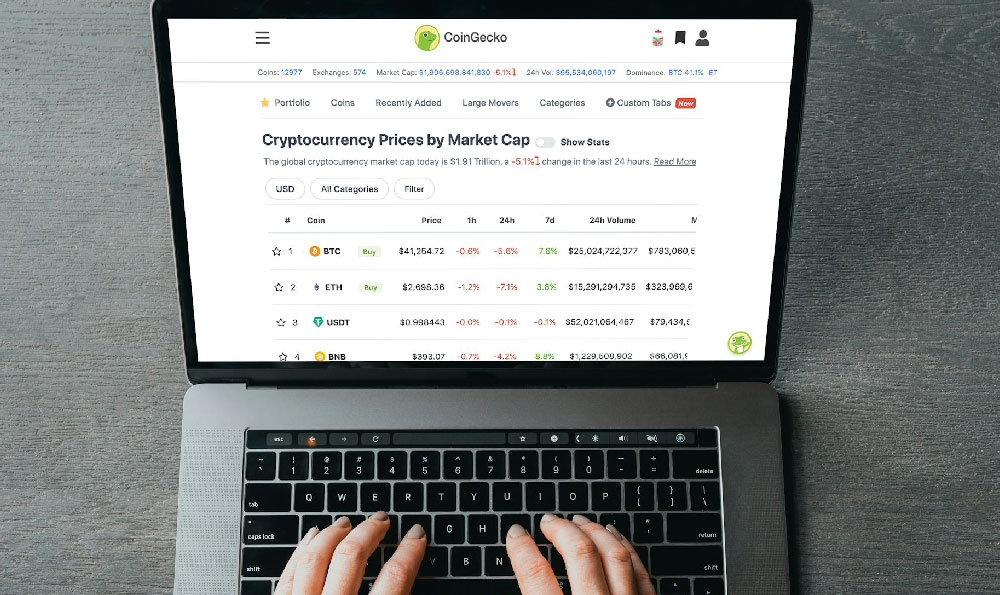Where Should I Invest in Mutual Funds, and Why?

The realm of mutual fund investments offers a diverse landscape of opportunities, but navigating it effectively requires a clear understanding of your financial goals, risk tolerance, and the intricacies of various fund categories. Before diving into specific recommendations, it's crucial to emphasize that any investment decision should be tailored to your individual circumstances and preceded by thorough research. The following provides a framework for approaching mutual fund investments, emphasizing sectors and strategies with strong potential for long-term growth while acknowledging inherent risks.
One of the fundamental considerations is your investment horizon. Are you saving for retirement in 30 years, or a down payment on a house in 5? Shorter time horizons demand a more conservative approach, prioritizing capital preservation over aggressive growth. Money market funds and short-term bond funds are generally suitable for these scenarios, offering stability with relatively low returns. However, for long-term goals, a greater allocation to equity funds is typically warranted, as they have historically provided superior returns over extended periods, albeit with higher volatility.
Given the current economic climate, several sectors within the equity market present compelling opportunities. Technology remains a key driver of innovation and growth. Investing in technology-focused mutual funds or ETFs can provide exposure to companies leading the charge in areas like artificial intelligence, cloud computing, and cybersecurity. However, it's essential to be discerning, as the technology sector can be prone to periods of hype and correction. Consider funds that focus on established, profitable technology companies with strong fundamentals rather than solely chasing speculative startups. A diversified approach, encompassing both large-cap tech giants and promising mid-cap disruptors, can mitigate risk.

Another promising sector is healthcare. An aging global population and ongoing advancements in medical technology are fueling demand for healthcare services and products. Mutual funds specializing in biotechnology, pharmaceuticals, and medical devices can provide exposure to this growing sector. Regulatory hurdles and the lengthy drug development process are inherent risks, so it's crucial to select funds with experienced management teams and a diversified portfolio of healthcare companies. Funds that also incorporate healthcare providers and insurance companies may offer a more balanced approach.
Beyond specific sectors, consider the investment style of the mutual fund. Growth funds focus on companies with high growth potential, often reinvesting earnings rather than paying dividends. Value funds, on the other hand, target undervalued companies with strong fundamentals, aiming to profit from their eventual market correction. A blend of growth and value investing can offer a more balanced portfolio, capturing upside potential while mitigating downside risk.
Index funds and exchange-traded funds (ETFs) provide a cost-effective way to gain broad market exposure. S&P 500 index funds, for example, track the performance of the 500 largest publicly traded companies in the United States. These funds offer instant diversification and typically have low expense ratios. While they won't outperform the market, they provide a solid foundation for any investment portfolio. Consider diversifying across different market capitalizations (large-cap, mid-cap, small-cap) to capture growth opportunities across the spectrum.
International diversification is also crucial. Investing solely in domestic markets can limit your potential returns and increase your vulnerability to local economic downturns. Emerging market funds offer exposure to rapidly growing economies in countries like China, India, and Brazil. However, these markets also come with higher risks, including political instability and currency fluctuations. Developed market funds, focusing on countries like Europe and Japan, provide a more stable, albeit potentially less volatile, alternative.
In the realm of bond funds, consider your risk tolerance and investment horizon. Government bond funds, investing in bonds issued by national governments, are generally considered the safest, but they offer lower yields. Corporate bond funds, investing in bonds issued by corporations, offer higher yields but also carry higher credit risk. High-yield bond funds, also known as "junk bond" funds, invest in bonds with lower credit ratings, offering the highest yields but also the greatest risk of default. For long-term investors, a diversified portfolio of investment-grade corporate bond funds can provide a reasonable balance of risk and return. Remember to pay attention to the fund's duration, which measures its sensitivity to changes in interest rates. Longer-duration funds are more susceptible to interest rate risk.
Furthermore, consider actively managed versus passively managed funds. Actively managed funds employ a team of portfolio managers who actively select investments with the goal of outperforming the market. Passively managed funds, like index funds, simply track a specific benchmark index. While actively managed funds have the potential to generate higher returns, they also come with higher expense ratios and a lower probability of outperforming the market consistently over the long term. Evaluate the fund's track record, management team, and expense ratio before investing.
Finally, remember the importance of regular portfolio review and rebalancing. Market conditions change constantly, and your asset allocation may drift over time. Regularly review your portfolio to ensure that it still aligns with your financial goals and risk tolerance. Rebalancing involves selling assets that have appreciated in value and buying assets that have declined in value, bringing your portfolio back to its target allocation. This disciplined approach can help you stay on track to achieve your financial goals and manage risk effectively. Remember to consult a qualified financial advisor to receive personalized investment advice tailored to your specific circumstances.















